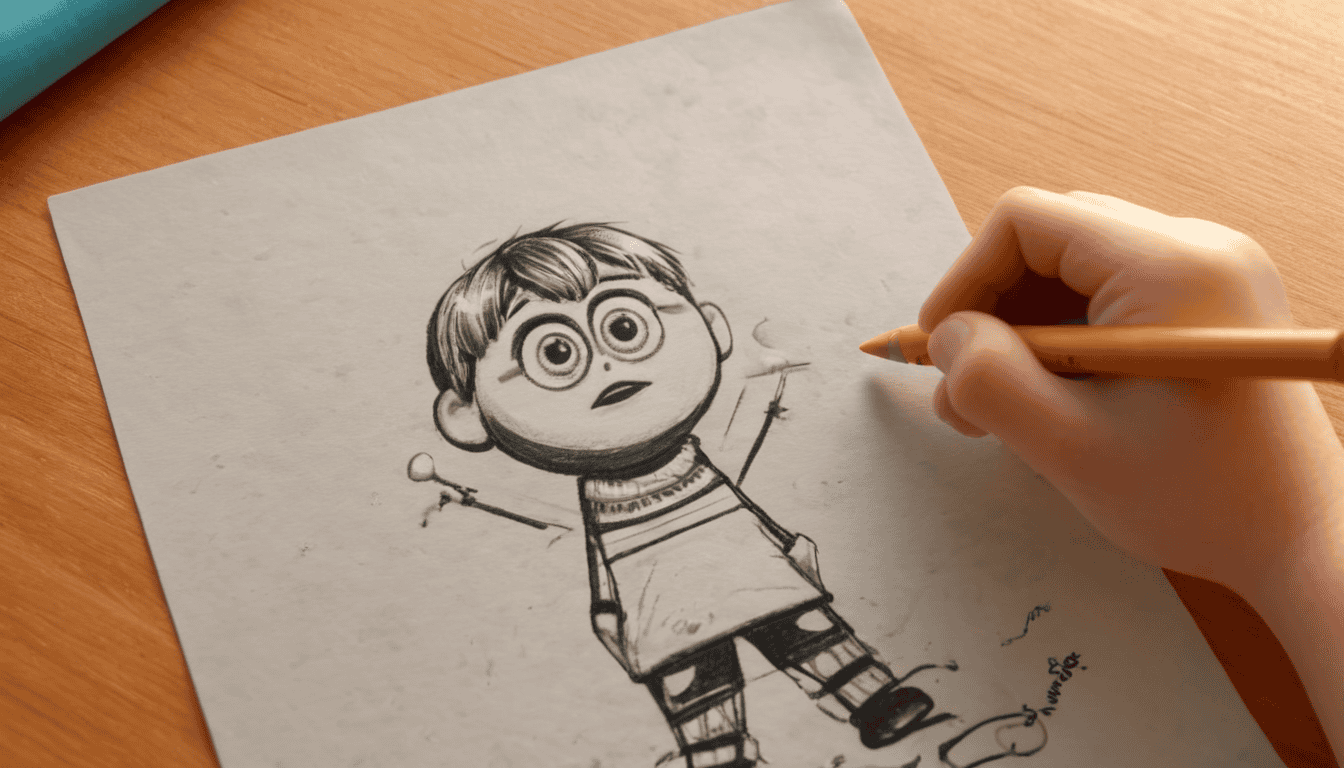
Why Doodling Works: Cognitive Benefits of Drawing and Learning 🧠🎨
2 minute read
Bismillah: As our doodling sessions continued to be a favorite in our homeschooling routine, we began noticing the cognitive benefits that this creative activity brought to our children’s learning experience. Doodling wasn’t just about having fun—it was a powerful tool that enhanced their understanding and retention of Quranic teachings. 🌟
The Power of Doodling 🌱
- Engaging Multiple Senses: Doodling engages multiple senses—sight, touch, and sometimes even sound when combined with storytelling. This multisensory engagement helps solidify the lessons in a child’s memory. When Syauqi and Nurin draw scenes from the Quran, they are not just learning visually; they are reinforcing the lessons through their hands and imagination. 🎨
- Enhancing Memory and Retention: Research shows that doodling can improve focus and memory retention. By visualizing the stories and concepts they are learning, our children are better able to recall the details and apply the lessons in their daily lives. This was especially evident when they could easily recount stories they had doodled weeks earlier. 📝
- Encouraging Creativity and Critical Thinking: Doodling encourages children to think creatively and critically. They must decide how to represent abstract concepts visually, which deepens their understanding. For instance, when drawing the story of Prophet Yusuf (AS), our children had to think about how to depict his journey in Egypt, sparking discussions about the story’s deeper meanings. 🌍
One day, Nurin surprised us with a detailed drawing of the events of the Isra and Mi'raj. She had captured key elements of the story, such as Al-Buraq, the Prophet’s (peace be upon him) miraculous journey, and the meeting with other Prophets. It was clear that the doodling had helped her internalize the story in a way that simple reading alone might not have achieved. 🌌
Incorporating Doodling with Iqrasaurus 🦖
This phase emphasized the Investigate and Inspire pillars, as doodling became a tool for deeper cognitive engagement with the Quranic lessons. We found that doodling allowed our children to process complex concepts in a way that was both accessible and enjoyable.
As Allah says in the Quran:
"We will show them Our signs in the horizons and within themselves until it becomes clear to them that it is the truth." (Surah Fussilat, 41:53) 🌟
This verse reminded us of the importance of engaging with the signs of Allah in every aspect of life, including through creative expression.
A Peek Into Our Conversations 🗨️
Nurin: "Ummi, do you like my drawing of the Isra and Mi'raj?"
Ummi Ziehan: "It’s beautiful, Nurin! You’ve captured the story so well. What was your favorite part?"
Nurin: "I liked drawing Al-Buraq and the stars in the sky. It made me feel like I was there with the Prophet (peace be upon him)."
Daddy Ikram: "MashaAllah, Nurin! Your doodle shows how much you’ve learned. Keep drawing, and you’ll keep discovering new things in the Quran."
End Note: Doodling is more than just an art activity—it’s a powerful way to engage with Quranic teachings on a deeper level. Join us next time as we reflect on the struggles we faced in balancing faith, education, and daily life, and how we overcame them. 🏡🌟